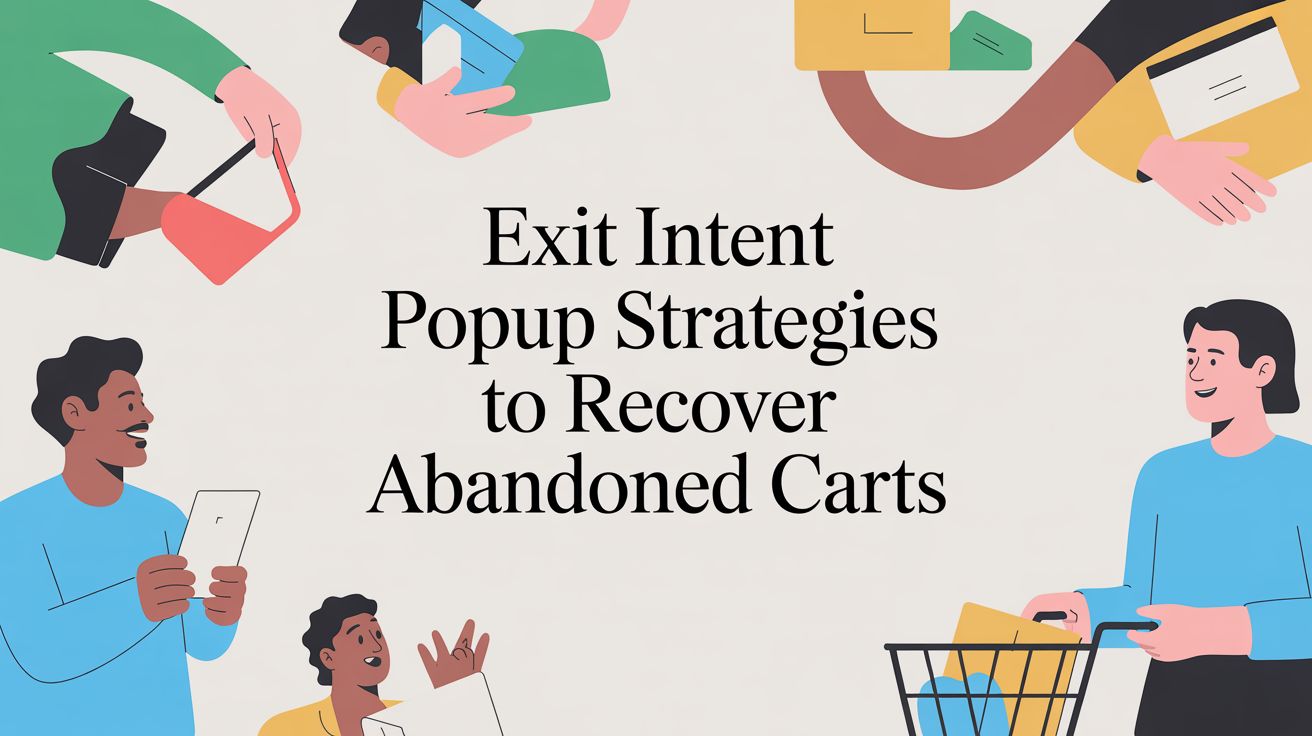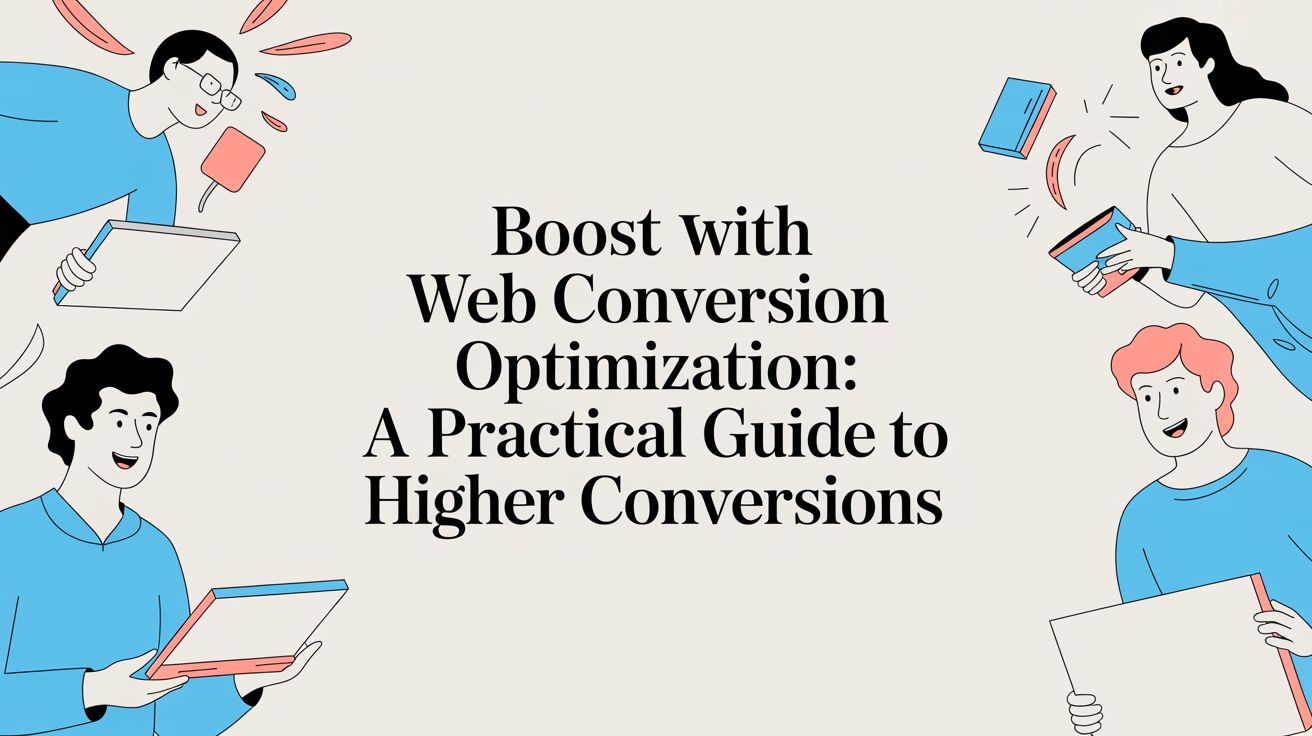
How to make your mobile app more engaging with urgency marketing

Being able to nurture active, engaged mobile app users is an important goal for many brands. Yet, mobile app engagement rates aren’t as high as one might expect. Low user retention and conversion rates, consumer inundation with app messages and an unsatisfactory number of app downloads are common concerns in mobile app marketing, and solving them often depends on your ability to engage mobile app users.
Having an app that mobile users enjoy interacting with is all about the tactics you use. Urgency marketing crafts promotions in a way that drives immediate responses from consumers. It also inspires strong mobile app engagement.
Here’s a list of some of the psychology principles behind urgency marketing, along with corresponding examples, to drive more mobile app engagement.
1. Anticipation
When someone has an expectation or excitement around a future event, they are much more likely to engage with it every step of the way. Anticipation is the driving force behind this engagement.
Humans perform an action in anticipation of its consequence. This means that consumers are more likely to buy an outfit if they believe it’ll look good on them or purchase a donut if they think it’ll taste good. In the case of a mobile app, a consumer often downloads the platform because doing so means they’ll gain something valuable. On the flip side, they’re also more likely to uninstall an app if they aren’t experiencing any benefits.
When you want to create anticipation around your mobile app, and therefore make it more engaging for your users, tease out upcoming promotions or incentives that will serve them. You might include a special offer like an app-exclusive discount to existing customers, a reward for anyone downloading the app for the first time or never-before-seen information about an upcoming new product release.
2. Scarcity / Fear of missing out (FOMO)
Scarcity doesn’t just pertain to low-stock products — it can also be leveraged in your mobile app.
Time restraints have a way of getting people to pay attention and move urgently. Knowing that a great opportunity is expiring soon, fuels the natural human demand to engage. We often see this in the customer journey when products are low in supply, but you can create this same interactive user experience for customers through your mobile app.
In-app only or limited-time promotions are two prime examples of scarcity marketing. In one case, you are leveraging exclusivity by limiting how, when and where a customer can gain access to a campaign and in the other example, you are utilizing time scarcity by using marketing tools like a countdown timer or push notifications to create something fun for customers.
3. Competition
Having a competitive nature is part of the human journey, and it can make for an engaging mobile app.
Competition is the psychological element that allows humans to rank their achievements and gives them something to aspire to. In mobile apps, competition can occur between multiple customers, or between a customer and the app.
Have your customers refer a certain number of new users to your app for a reward, buy specific products for loyalty points or respond to your CTA for exclusive access to an upcoming product.
4. Social Proof
If you were to look at the Apple App Store or Google Play app store right now, you’d likely notice that each includes sections with trending, must-have apps readily available for mobile users to choose from.
This is because humans are psychologically inclined to be more attracted to things other people like. It’s known as social proof, the idea that we are more likely to follow the same line of thinking as someone we know or trust.
A trending app is a great example of this. When consumers see a mobile app is getting great reception from other customers, they’re more likely to try out the app for themselves. Of course, the content and functionality of your app matters greatly. If you want to include social proof tactics in your mobile app marketing, make sure your customers have easy access to things like reviews, best sellers and quotes from brand advocates.
Engaging mobile app users in real time, evoking a sense of urgency during the customer experience and strengthening your mobile marketing strategies takes skill. Each tactic mentioned above is meant to lead you toward boosting your engagement rates and offering the best user experience possible.

Lindsay Keener is a brand journalist for Quikly. She covers stories that help to inform and educate consumer-facing marketers.

